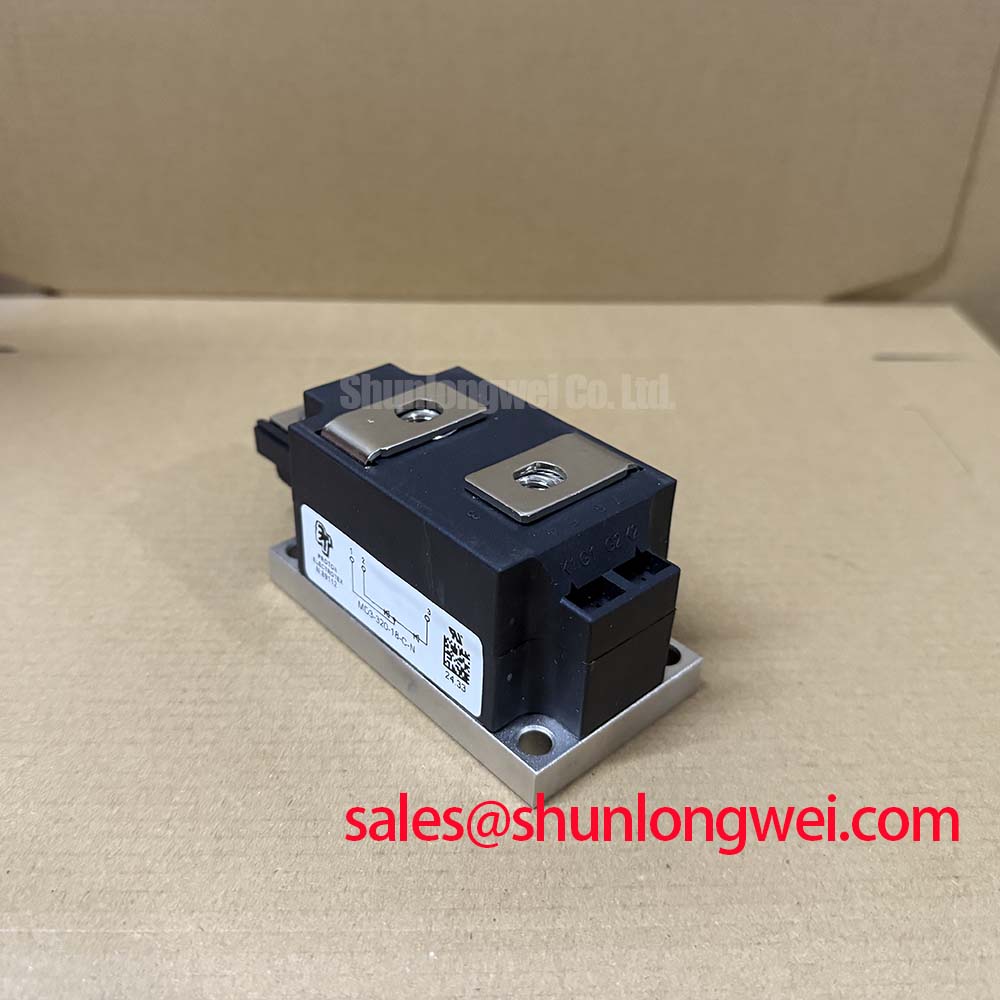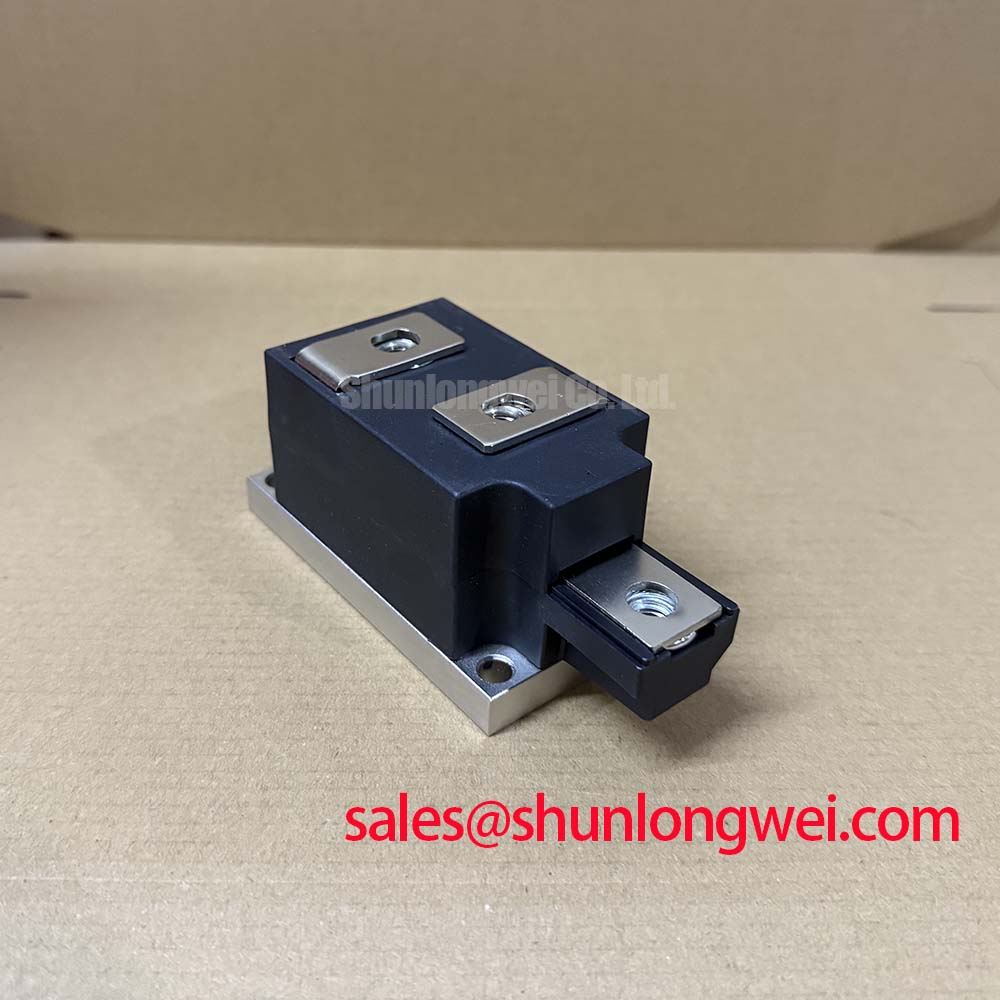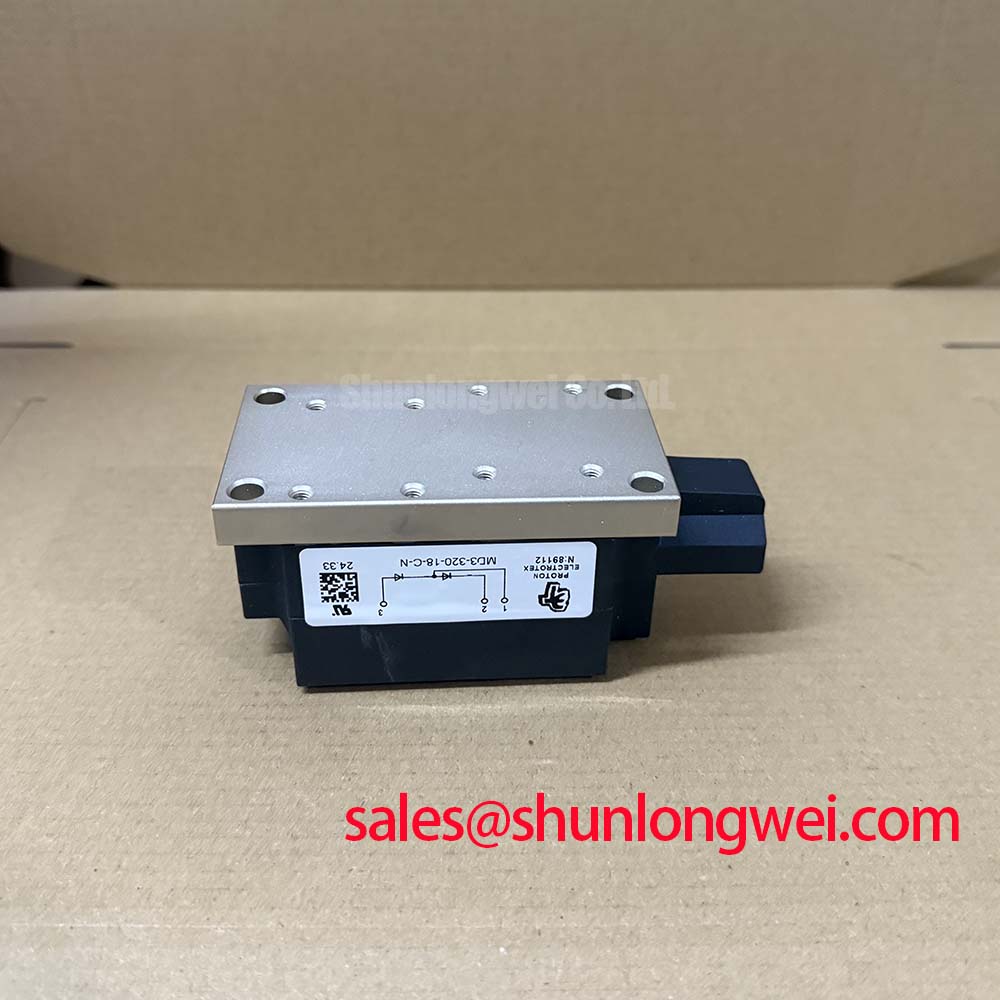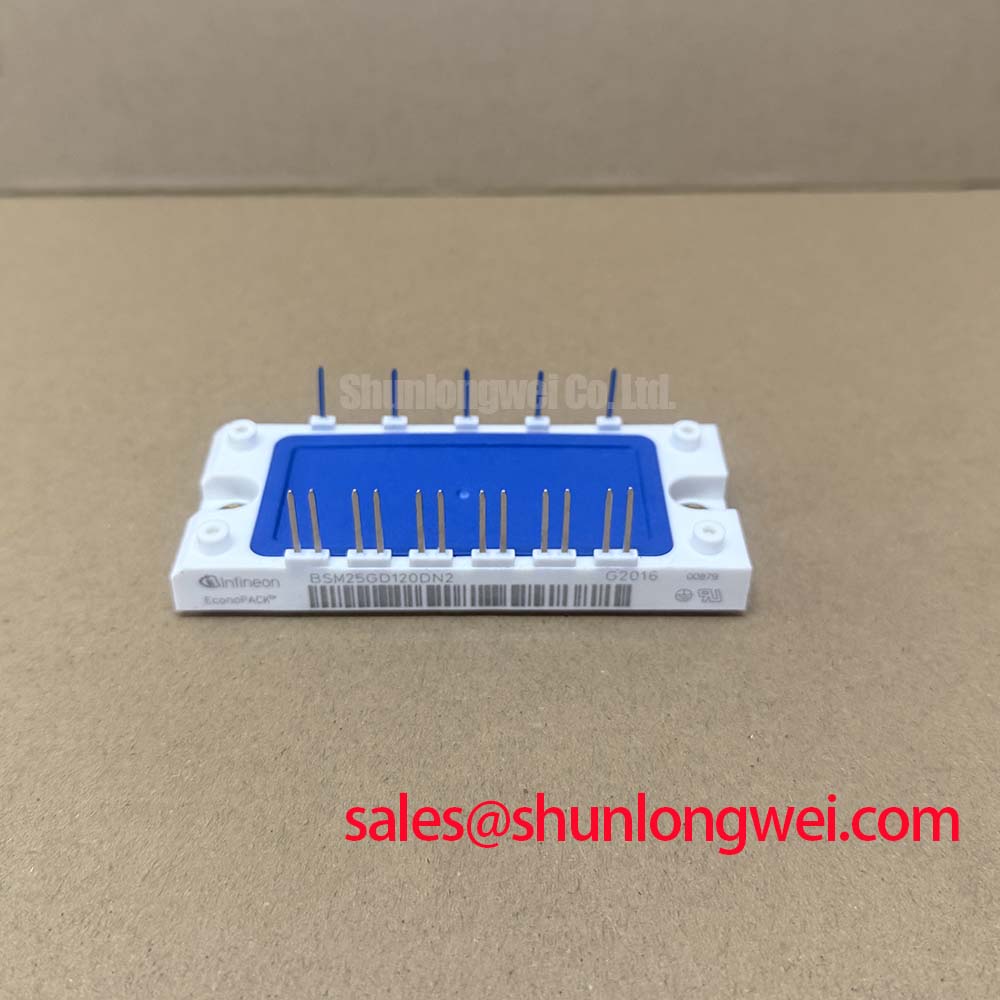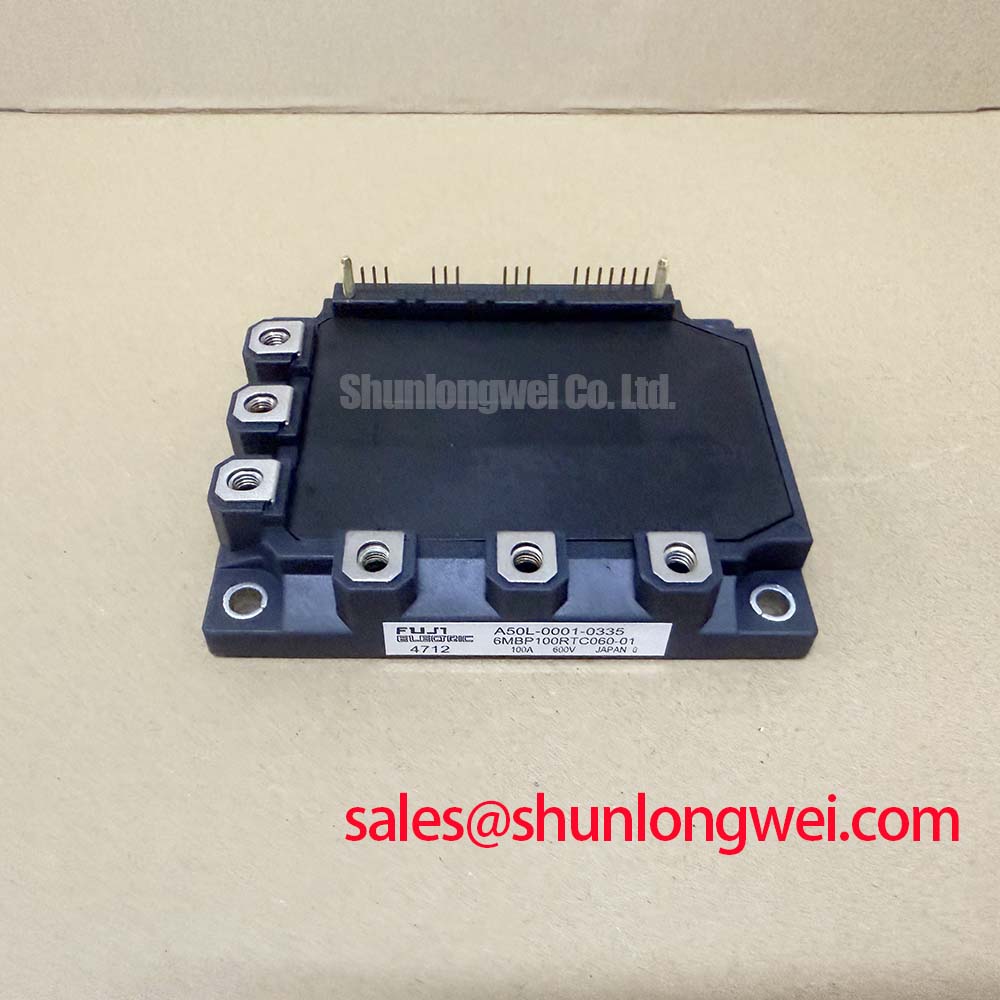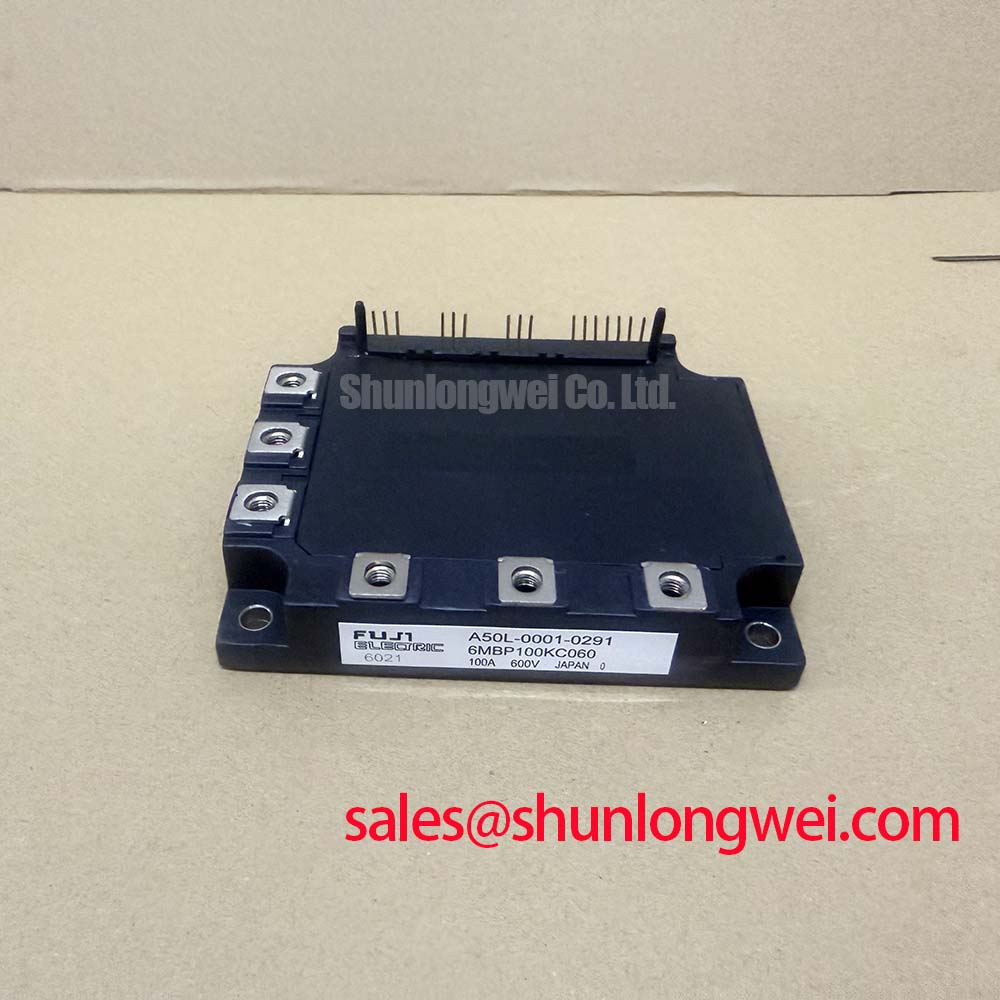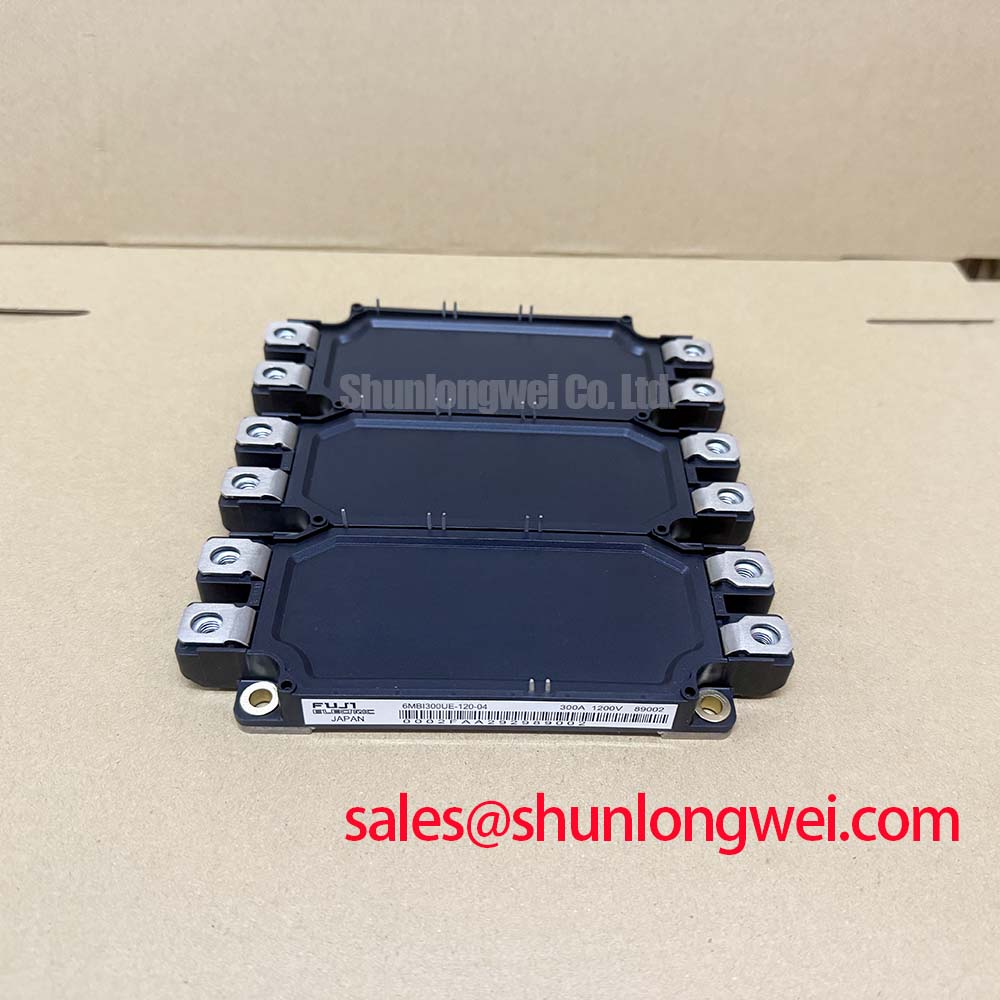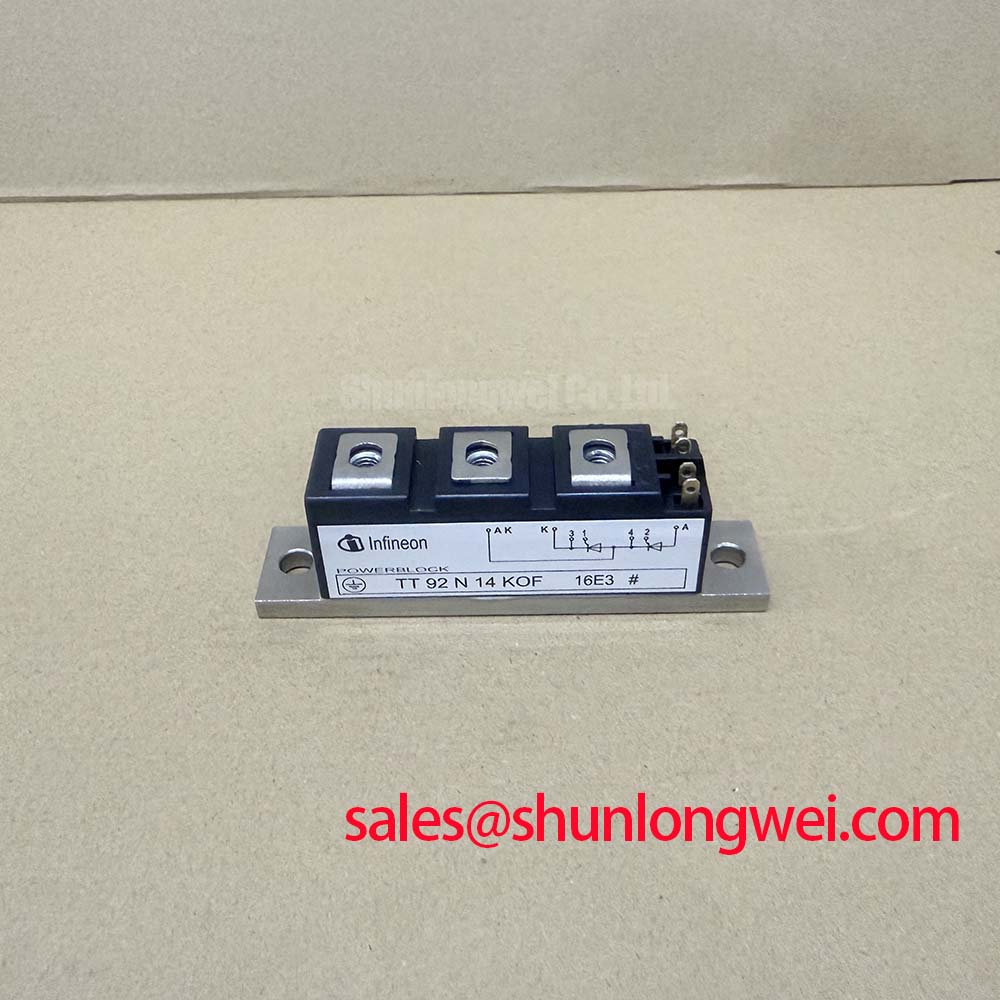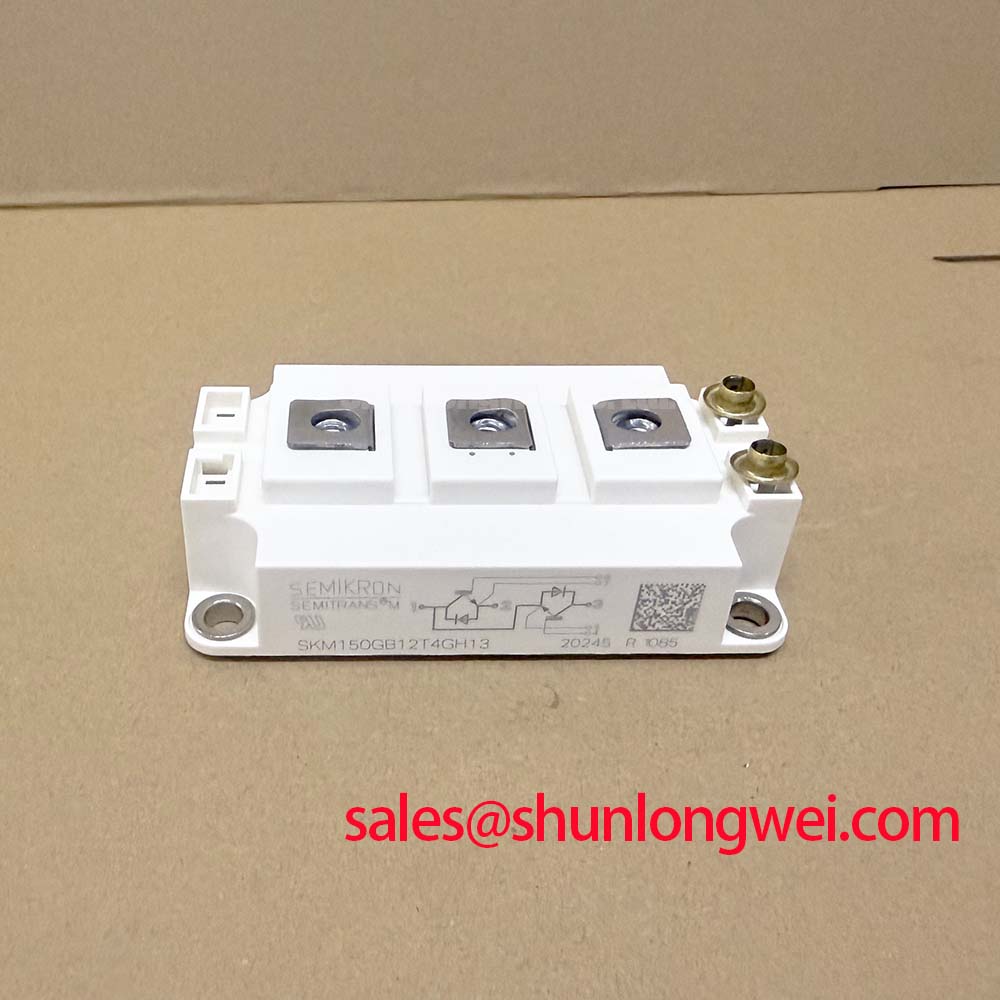MD3-320-18-C-N Diode Module: Specs & Thermal Reliability Data
Engineered for Endurance in High-Stress Power Systems
In demanding industrial applications like variable frequency drives or high-power rectifiers, component failure is a critical event, leading to costly downtime. The Proton-Electrotex MD3-320-18-C-N diode module is engineered to directly address this challenge, delivering exceptional operational longevity through superior thermal management and mechanical stability. It provides a robust foundation for power conversion systems where consistent performance is paramount. This is achieved by moving beyond conventional designs to eliminate common failure points, such as solder fatigue, through its advanced pressure-contact construction.
Comparative Data for System Evaluation
To facilitate an informed engineering evaluation, the following key performance metrics of the MD3-320-18-C-N should be considered. These parameters are central to assessing its suitability for high-reliability industrial and power supply applications. This data provides a factual basis for thermal and electrical system modeling.
- Repetitive Peak Reverse Voltage (VRRM): 1800 V
- Average Forward Current (IFAV): 320 A (at TC = 100°C)
- Maximum Junction Temperature (Tjmax): 140 °C
- Thermal Resistance, Junction-to-Case (Rthjc): 0.068 °C/W
- Isolation Voltage (Visol): 3400 V
The Strategic Advantage of Long-Term Thermal Stability
In the context of Industry 4.0 and escalating energy efficiency standards, the total cost of ownership (TCO) for power electronics is under intense scrutiny. The design philosophy of the Proton-Electrotex MD3-320-18-C-N directly contributes to a lower TCO by maximizing system uptime. Its inherent resistance to thermal and electrical cycling fatigue means fewer field failures and a longer mean time between failures (MTBF). For system integrators, this translates into a more dependable product, reduced warranty claims, and enhanced brand reputation. The module's construction supports the development of more compact and power-dense systems without compromising on durability.
Key Parameter Overview
This table summarizes the essential performance characteristics of the MD3-320-18-C-N, organized by functional area. All data is based on the official manufacturer's specifications.
| Parameter | Value | Conditions |
|---|---|---|
| Electrical Characteristics | ||
| Repetitive Peak Reverse Voltage (VRRM) | 1800 V | |
| Average Forward Current (IFAV) | 320 A | TC = 100°C |
| Surge Forward Current (IFSM) | 8000 A | 10 ms, sine 50 Hz |
| Peak Forward Voltage (VFM) | 2.40 V | IFM = 1570 A, Tj = 25°C |
| Thermal and Mechanical Characteristics | ||
| Max. Junction Temperature (Tjmax) | 140 °C | |
| Operating Junction Temperature Range (Tjop) | -40 to 140 °C | |
| Thermal Resistance, Junction-to-Case (Rthjc) | 0.068 °C/W | Per diode |
| AC Isolation Voltage (Visol) | 3400 V | 50 Hz, 1 min |
| Mounting Force | 18 ±2 kN | |
| Weight | 400 g | Typical |
For complete specifications and application notes, please refer to the official MD3-320-18-C1 datasheet.
A Technical Analysis of the Pressure-Contact Architecture
The core of the MD3-320-18-C-N's exceptional reliability lies in its pressure-contact design. Unlike traditional modules that rely on soldered connections between the semiconductor die and the baseplate, this module uses a precisely calibrated clamping force to create a stable electrical and thermal interface. This design entirely circumvents solder fatigue—a primary failure mode in power modules subjected to frequent temperature swings. The result is a dramatic improvement in power cycling capability.
The module's low thermal resistance (Rthjc) is a critical parameter for thermal design. What is the role of thermal resistance? It quantifies how effectively heat moves from the active semiconductor junction to the module's case. Think of Rthjc as the width of a highway for heat; a lower value like this module's 0.068 °C/W means a wider, multi-lane highway, allowing heat to escape the semiconductor junction quickly and efficiently, preventing thermal bottlenecks and ensuring the device operates within its safe temperature limits.
Deployment Snippets
The robust construction of the MD3-320-18-C-N makes it an ideal component for a range of demanding environments:
- Industrial Motor Drives: Serves as the input rectifier, reliably converting AC line voltage while enduring the constant load changes and vibrations typical of factory automation.
- Welding Power Supplies: Functions as a high-current output rectifier or freewheeling diode, withstanding the significant thermal stresses of intermittent, high-power operation.
- Uninterruptible Power Supplies (UPS): Provides a durable rectifier stage, ensuring critical infrastructure remains online by offering high surge current capability and long-term stability.
Application Value Proposition
The MD3-320-18-C-N delivers tangible engineering value across several key applications. For designers of variable frequency drives (VFDs), the primary benefit is enhanced system lifetime, directly attributable to the module's resistance to thermal cycling. In power supply design, the electrically insulated baseplate simplifies assembly, allowing multiple modules to share a single heatsink without complex and thermally inefficient insulation layers. This reduces component count, assembly time, and overall system size. Understanding these thermal dynamics is key to preventing premature component failure. For further reading, explore this guide on unlocking thermal performance.
Best Fit Conclusion: For high-current industrial rectifiers (up to 320A) where thermal cycling is intense, the MD3-320-18-C-N's pressure-contact design offers a demonstrably more robust solution over conventional soldered modules.
Frequently Asked Questions
1. What are the main advantages of a pressure-contact design in a diode module?
The primary advantage is the elimination of solder layers between the semiconductor chip and the baseplate. This completely removes solder fatigue as a potential failure mechanism, resulting in significantly higher reliability and a longer operational life, especially in applications with frequent and wide temperature fluctuations.
2. What does the "MD3" designation in the MD3-320-18-C-N part number signify?
The "MD3" designation from Proton-Electrotex specifies the module's internal circuit topology. In this case, it indicates a dual-diode module configured in a half-bridge circuit (series connection with a center tap), which is a common building block for single-phase and three-phase rectifier designs.
3. How does the insulated baseplate affect heatsink selection and mounting?
The electrically insulated copper baseplate provides a significant advantage in system assembly. It allows the module to be mounted directly onto a grounded heatsink. This simplifies the mechanical design, reduces assembly costs, and improves thermal transfer by eliminating the need for an external, thermally resistive insulation pad between the module and the heatsink.
Engineering Support for Your Design Cycle
To properly evaluate the integration of the MD3-320-18-C-N into your power system, detailed technical documentation and performance curves are essential. For access to the full datasheet and to discuss your specific application requirements, please contact our technical support team. We can provide the necessary data to streamline your design, simulation, and validation processes.


